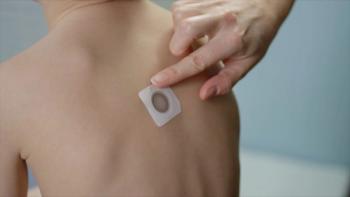
Childhood asthma linked to fructose intake
Consuming large amounts of fructose during the second trimester of pregnancy and at 2 years of age is associated with a significantly increased risk of asthma in childhood, a new study has found.
Consuming large amounts of
The preliminary findings, presented at the annual meeting of the
Using a multivariable analysis, the researchers looked at associations between fructose intake in mothers and children and asthma in midchildhood. They adjusted for mothers’ age, education, and household income; prepregnancy
The researchers had surmised that higher fructose intake would be associated with childhood asthma, and that turned out to be the case. Asthma was common in midchildhood with an overall prevalence of 19.5%, and greater fructose consumption in the first and second trimesters of pregnancy increased the odds, as did higher intake at 2 years of age (odds ratio [OR], 1.22 in both instances).
The form in which fructose was consumed, in addition to amount, appeared to influence the association with childhood asthma. Among mothers, sugar-sweetened beverages seemed to drive the association (OR, 1.20); for children, the apparent driver was fruit juice, except for orange juice (OR, 1.34).
Fructose intake, which is associated with many inflammatory conditions, may contribute to asthma by promoting inflammation in the lungs in different ways, the study suggests. In mothers, fructose might have an indirect effect by way of
In 2-year-olds, the inflammatory impact may be more direct. A significant link between greater juice intake and asthma persisted after adjusting for maternal BMI and consumption of sugar-sweetened drinks in the second trimester of pregnancy.
When researchers compared mothers in the highest quartile of fructose intake with mothers in the lowest quartile, they found that women in the highest quartile were more likely to be black and have a higher BMI and lower family income. Their children also had a higher BMI and greater prevalence of asthma in midchildhood-26% compared with 14% for the lowest quartile.
Newsletter
Access practical, evidence-based guidance to support better care for our youngest patients. Join our email list for the latest clinical updates.







